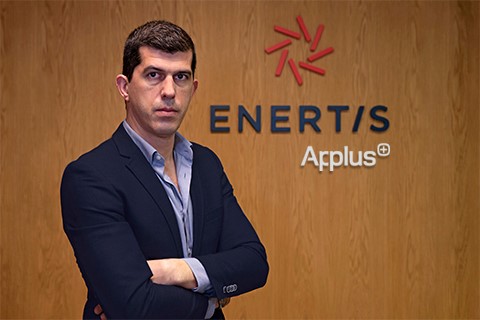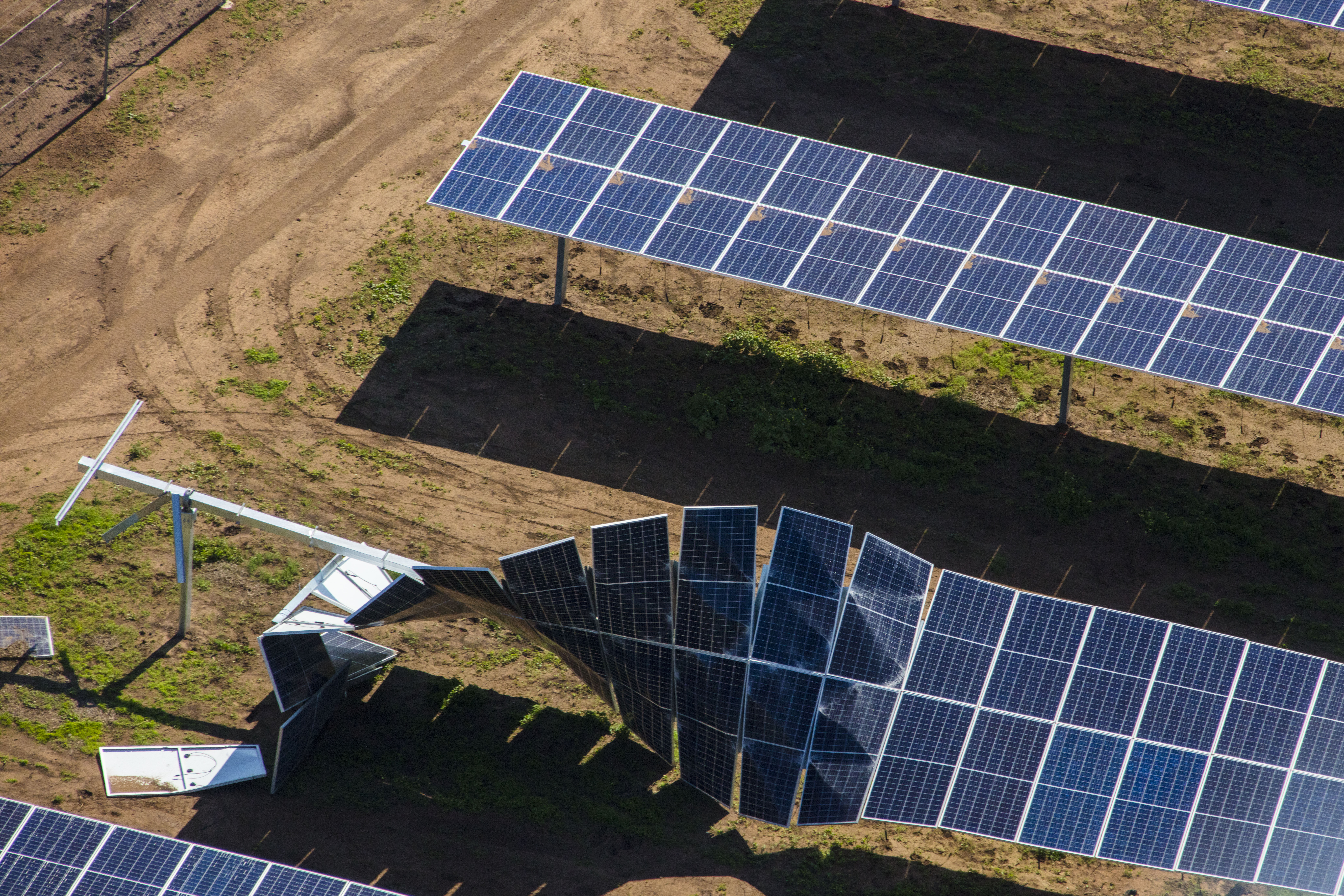Renewable energy’s contribution to electricity production in Australia increased 10% in just five years, going from 17% in 2017 to 27% in 2020. The renewable industry has also demonstrated its capacity to keep growing at a high pace despite the Covid-19 pandemic, mainly due commitments from state and regional governments.
This positive trend will continue in 2021 and future years, as new solar PV projects will increasingly replace coal-powered stations and new solar capacity will be installed to produce green hydrogen, meaning the assurance of quality through risk mitigation will become even more imperative.
How to keep testing services cost-effective for large utility-scale PV projects
There is a global tendency to perform on-site quality control testing instead of “In-Lab”, mainly for operating plants but also on the secondary market for acquired projects already in operation.
Aspects such as damages incurred during PV module disassembly and transport and their corresponding costs, together with custom clearance procedures (when needed), all increase the lead time of the overall procedure, and obviously the risk.

Enertis Applus+
Apart from mitigating these risks, another main advantage of on-site procedures is test accuracy and duration. On the one hand, they assure test accuracy as the test provider are ISO/IEC 17025 accredited, and on the other, test ratios (# modules/day) are continually optimised.
In specific case of Australia, utility-scale PV projects are growing in scale, leading to larger samples to test. Proficient testing institutions must optimise their testing pace in order to keep the service cost-effective without compromising the quality of the results.
Performing a quality assurance/quality control (QAQC) & testing program is essential for all solar PV markets worldwide. In the Australian market, it holds special relevance due to the size of the projects as hundreds of MW or even GW developments are quite common. This is due to the severe climate in most of the regions where the majority of projects are concentrated, and a relatively low investment cost. According to BNEF (2020), Australia has one of the lowest electricity production costs for solar energy in the world, which is justified by a lower investment cost when compared to other southeastern Asian countries, according to the World Bank – IBRD – IDA.
Implementing a comprehensive QAQC & Testing program for new & operating PV projects is vital for risk mitigation
This year, solar PV projects commissioned in 2019 are reaching the end of the Defects Liability Period (DLP). Performing a quality assurance and quality control and testing program is vital in this phase in which the contractor is responsible to repair any defect identified after plant commissioning.
Risk mitigation is one of the primary drivers behind implementing a comprehensive QAQC & Testing program at the various stages of new project development and there is no doubt that it is an investment that will yield returns.
Ideally, QAQC programs for PV projects should start with the implementation of a Modules Supply Agreement (MSA) tailored to every specific project case and feature (module technology, environment, market situation, etc.). At this stage, the most protective clauses for the buyer should be sought while drafting technical, warranty and QAQC specifications of the MSA, which defines aspects related to IEC standards, testing Acceptance Quality Limits (AQL), Bill of Materials (BOM) and “PASS/FAIL” clauses regarding potential module performance issues, among others.
Steps that typically follow MSA completion include the approval of the module production workshops through pre-manufacturing audits, production supervision and third-party testing at an accredited PV Laboratory.
Performing a first-class QAQC program at the manufacturing stages should be coupled with post-shipment testing of PV modules upon arrival and during project construction.
The scope of these tests may vary from project to project but testing during construction is essentially aimed at detecting possible damages to PV modules, and any corresponding liabilities are to be expeditiously clarified and executed. These services are usually carried out in the following stages of a project’s value chain:
- Post-shipment testing – Aims to detect damages that are both visible and invisible (e.g., cell cracks) to the naked eye; a “Fail” result on these tests leads to batch rejection, the resolution of which will have been stipulated previously in the MSA.
- Post-installation testing – Most of the damages are due to mishandling during module mounting. This testing stage aims to evaluate the quality of the EPC or its contractors and ideally should be performed once initial power blocks are mechanically sound, so timely corrective measures can be taken.
- Commissioning testing – This stage is mandatory in every PV Project, adding value by including On-site Maximum Power Determination of modules (as an example of many optional tests), which gives an accurate picture of PV modules’ real power output.
- Operations & Maintenance (O&M) testing – During the operation, the potential scope of tests is virtually unlimited and largely depends on contracted conditions or a specific context such as: yearly power degradation assessment, storm damage assessment, underperformance root cause investigation, etc.
In a country where the projects are achieving hundreds of MWs, where the climate can be quite extreme in some regions and seasons, and there are external factors impacting the revenue of an utility-scale solar projects such as Marginal Loss Factors (MLF) or obtaining the Generator Performance Standards (GPS), a complete QAQC & testing assumes a crucial importance. It empowers the developer, owner, or sponsor of the project to act directly on risk mitigation and generation of appropriate tools to act in case of failure or underperforming equipment.
Author: Hugo Silva
Global Sales Manager Enertis Applus+
The views and opinions expressed in this article are the author’s own, and do not necessarily reflect those held by pv magazine.
This content is protected by copyright and may not be reused. If you want to cooperate with us and would like to reuse some of our content, please contact: editors@pv-magazine.com.








By submitting this form you agree to pv magazine using your data for the purposes of publishing your comment.
Your personal data will only be disclosed or otherwise transmitted to third parties for the purposes of spam filtering or if this is necessary for technical maintenance of the website. Any other transfer to third parties will not take place unless this is justified on the basis of applicable data protection regulations or if pv magazine is legally obliged to do so.
You may revoke this consent at any time with effect for the future, in which case your personal data will be deleted immediately. Otherwise, your data will be deleted if pv magazine has processed your request or the purpose of data storage is fulfilled.
Further information on data privacy can be found in our Data Protection Policy.